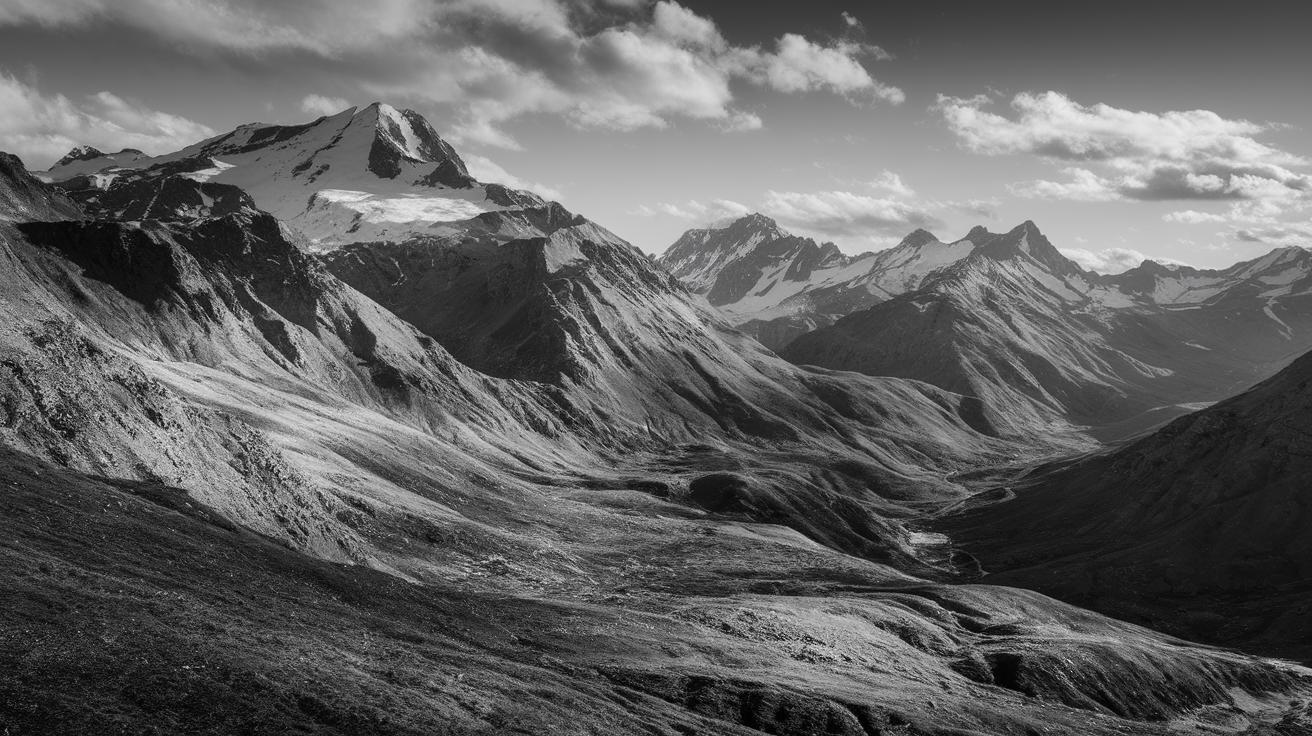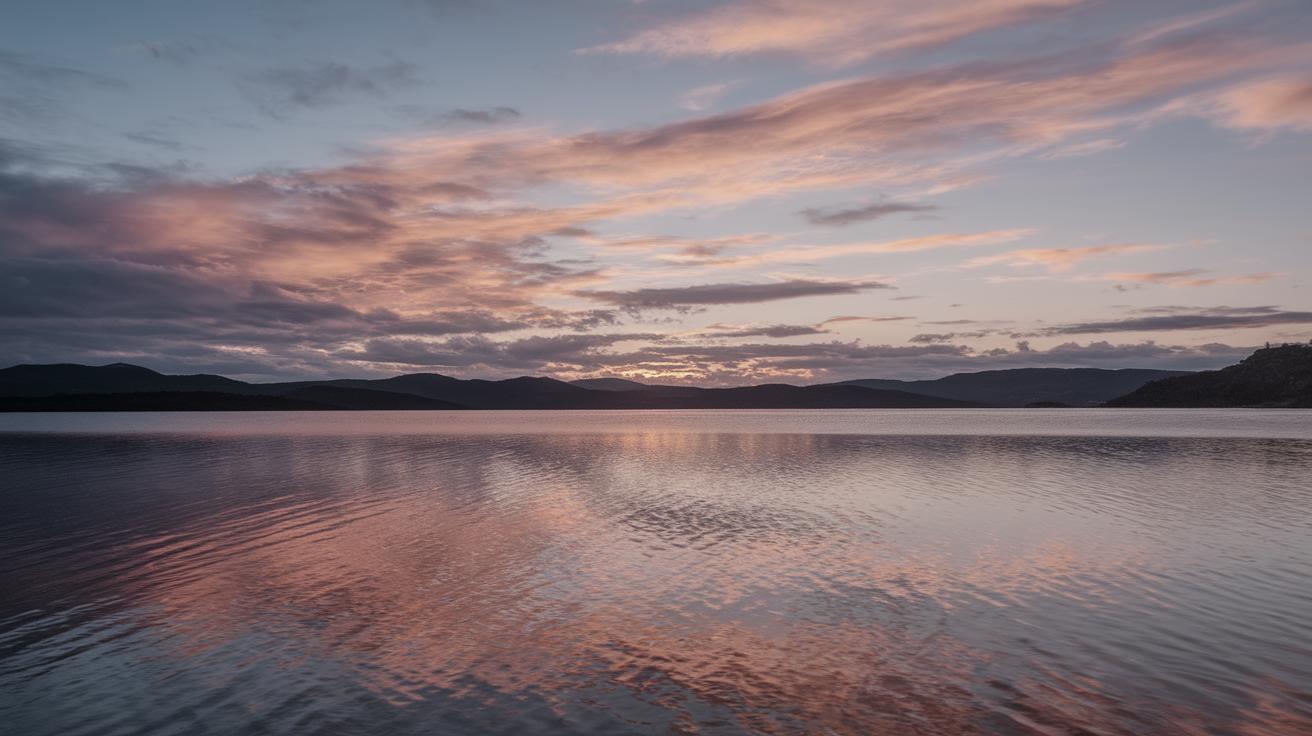Mastering the Art of Black and White Photography
Black and white photography is a timeless art form that allows photographers to distill the essence of a scene into its purest elements. This blog post delves into the subtle nuances and techniques necessary to excel in black and white photography. From understanding the motivations behind choosing this monochrome medium to exploring key tips for capturing stunning images, we will guide you through the process of mastering this art form. You’ll discover tips on utilizing contrast, creating mood, and effectively editing your photos. Additionally, we will highlight which genres particularly thrive in black and white, offering insights into how to enhance your photographic creativity. Whether you’re an aspiring photographer or a seasoned professional, these insights will equip you with the tools to craft compelling black and white imagery.
Why create black and white photography?
Black and white photography transcends the vibrancy of color by focusing on the fundamental elements of a photograph: light, shadow, and form. Without the distraction of color, the viewer can concentrate on textures and shapes, often revealing a deeper narrative within the image. This reduction to essentials often evokes a sense of nostalgia and timelessness that color photography may not always achieve.
Choosing to work in black and white can also help develop a photographer’s creative eye. By stripping away color, photographers are compelled to look at scenes differently, analyzing the contrast, light, and shadows more intently. This can lead to the discovery of new perspectives and compositions that may not have been obvious in color.
Tip 1 – Shoot in black and white mode
One effective way to train your eye for black and white photography is to shoot in black and white mode directly from your camera. This approach helps you visualize how your images will appear in the final output, allowing for immediate adjustments in composition and exposure.
While post-processing can transform color images into black and white, beginning in monochrome helps refine your instincts. You can evaluate the tonal range and contrast as you shoot, ensuring that your photos possess the necessary dynamics to stand out in black and white.
Tip 2 – Look for contrast in tones not colours
In black and white photography, tonal contrast becomes a principal factor in creating striking images. Observing scenes where light and dark interplay dramatically can lend a powerful visual impact to your photographs. These can range from the starkness of urban architecture to the subtlety of clouds amidst an expansive sky.
Learning to identify and utilize contrast effectively separates a good black and white photograph from a great one. Practice by seeking out scenarios that exhibit a wide range of tones and watch how they transform in monochrome through your viewfinder.
Tip 3 – Creating mood
Mood is an integral part of black and white photography, and can be manipulated to evoke emotions ranging from serenity to tension. The absence of color can amplify the emotional weight of a photograph, allowing viewers to engage with the scene on a deeper level.
Experimenting with light and shadow is key to mood creation. Whether casting elongated shadows or capturing the soft gradients of a misty morning, these elements can enhance the atmosphere and storytelling of your imagery.
Tip 4 – Minimalism + Black and White = Great photography!
Minimalist compositions can greatly benefit from the black and white medium, where simplicity converges with visual focus. By eliminating superfluous elements, minimalist photography allows the core subject to shine with clarity and elegance.
Distinct geometric shapes, lines, and negative space can be more pronounced in black and white, drawing attention to the understated elegance of the subject. This technique often results in striking and thought-provoking images that capture the viewer’s imagination.
Tip 5 – Find Symmetry
Symmetry offers a pleasing balance and order to an image, which can be further enhanced by the high contrast of black and white. In landscapes, architecture, or portraits, symmetrical compositions can lead to a strong visual impact that captivates viewers.
When composing an image, look for natural or architectural elements that present symmetry, using them as focal points to create harmony and structure within the frame. Such compositions are innately satisfying and showcase the beauty of balanced design in monochrome.
Tip 6 – Look for Texture
The texture becomes a tactile experience in black and white photography, drawing the viewer’s attention to the fine details of a subject. From the roughness of tree bark to the softness of human skin, textures gain prominence through monochrome interpretation.
Photographing subjects with rich textures can add depth and interest, making them ideal candidates for black and white photography. Close-up shots that emphasize these detailed surfaces can create striking imagery that highlights the intricate patterns and forms often overlooked in color photography.
Tip 7 – Create Silhouettes
Silhouettes provide a dramatic and often mysterious element to black and white photography. By positioning subjects against a well-lit background, you can isolate them and focus the viewer’s attention on the outline and form.
This technique is particularly effective during sunrise or sunset, where the contrasts between the dark subject and bright background are at their most pronounced. The simplicity of silhouettes can communicate complex narratives through the power of suggestion and abstraction.
Tip 8 – Editing your photography
Post-processing is a crucial stage in black and white photography, where subtle adjustments can transform good images into stunning ones. Techniques such as dodging and burning allow you to emphasize specific areas by manipulating light and shadow.
Use editing software to adjust contrast, exposure, and detail, bringing out the full potential of your black and white images. Understanding how to fine-tune these elements will help you achieve your desired aesthetic and convey the intended mood and message more effectively.
What genres of photography suit black and white?
Black and white Long Exposure Photography
Long exposure photography in black and white highlights motion in a unique way, often smoothed into ethereal textures that color could distract from. Scenes with moving water or clouds create a dreamy, serene aesthetic that enhances the calmness and timeless quality of the image.
Black and White Portrait Photography
Black and white portraits emphasize expression and emotion, carving out the personality and mood by focusing on facial features and skin tones. The absence of color channels the viewer’s attention to the subject’s eyes and subtle expressions, personalizing and intensifying the connection between portrait and viewer.
Black and White Night Photography
Night photography in black and white leverages the stark contrasts of illuminated subjects against dark backgrounds, creating impactful and enigmatic visuals. Urban environments are particularly conducive to this, with light sources like streetlamps casting dramatic shadows and textures.
Black and White Landscape Photography
Landscapes benefit massively from black and white photography, where the natural textures and vast tonal range can be presented with greater impact. Whether capturing the rugged beauty of mountain ranges or the intricate shadows of a forest, monochrome brings forth the majesty and drama of the natural world.
Black and White Wildlife Photography
In wildlife photography, black and white can highlight the raw beauty and detail of the animal kingdom. It shifts focus from the multitude of colors in nature to the form and structure of the subject, enabling photographers to create intimate and powerful portraits of wildlife.
Black and white wildlife images often bring out the contrast in textures, such as the patterns in fur or feathers, capturing the essence of the creature in a way that color may distract from. This style allows photographers to tell compelling stories about their subjects through sheer form and texture.
Like this? – Check out similar tutorials below
If you enjoyed this exploration of black and white photography, consider exploring other tutorials that delve deeper into photography techniques and tips for elevating your skills further.
About the author.
Phil is a seasoned photographer and writer, passionate about the power of visual storytelling. With a background in both art and technology, he brings a comprehensive perspective to photography education, helping others unlock their creative potential through the lens.
Summary of main points
| Topic | Summary |
|---|---|
| Why create black and white photography? | Focuses on fundamentals like light, shadow, and form, allowing creativity and different perspectives. |
| Shoot in black and white mode | Helps train the eye and refine instincts while capturing images. |
| Look for contrast in tones not colours | Strives for powerful visual impact by focusing on tonal range. |
| Creating mood | Enhances the emotional weight of an image by manipulating light and shadow. |
| Minimalism and symmetry | Leverages simplicity and balance to enhance visual focus. |
| Shoot for texture and silhouettes | Adds depth, interest, and powerful storytelling elements through tactile visuals. |
| Editing your photography | Involves adjusting contrast and exposure to enhance the image further. |
| Genres for black and white | Includes long exposure, portrait, night, landscape, and wildlife photography. |


